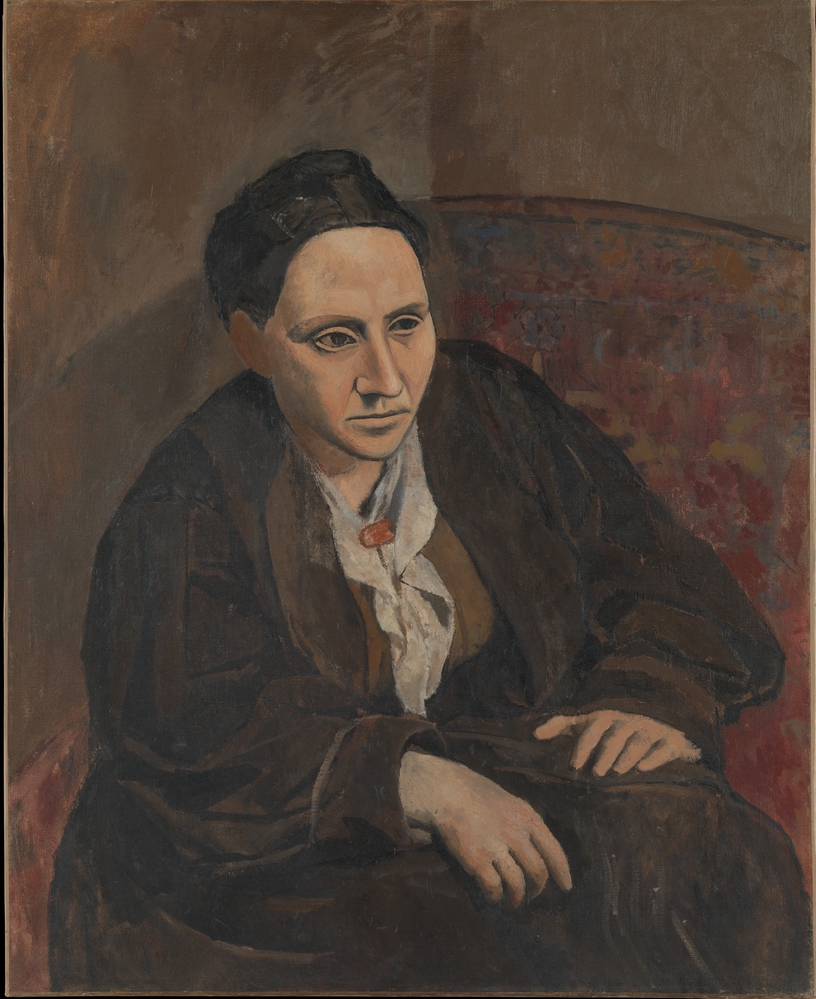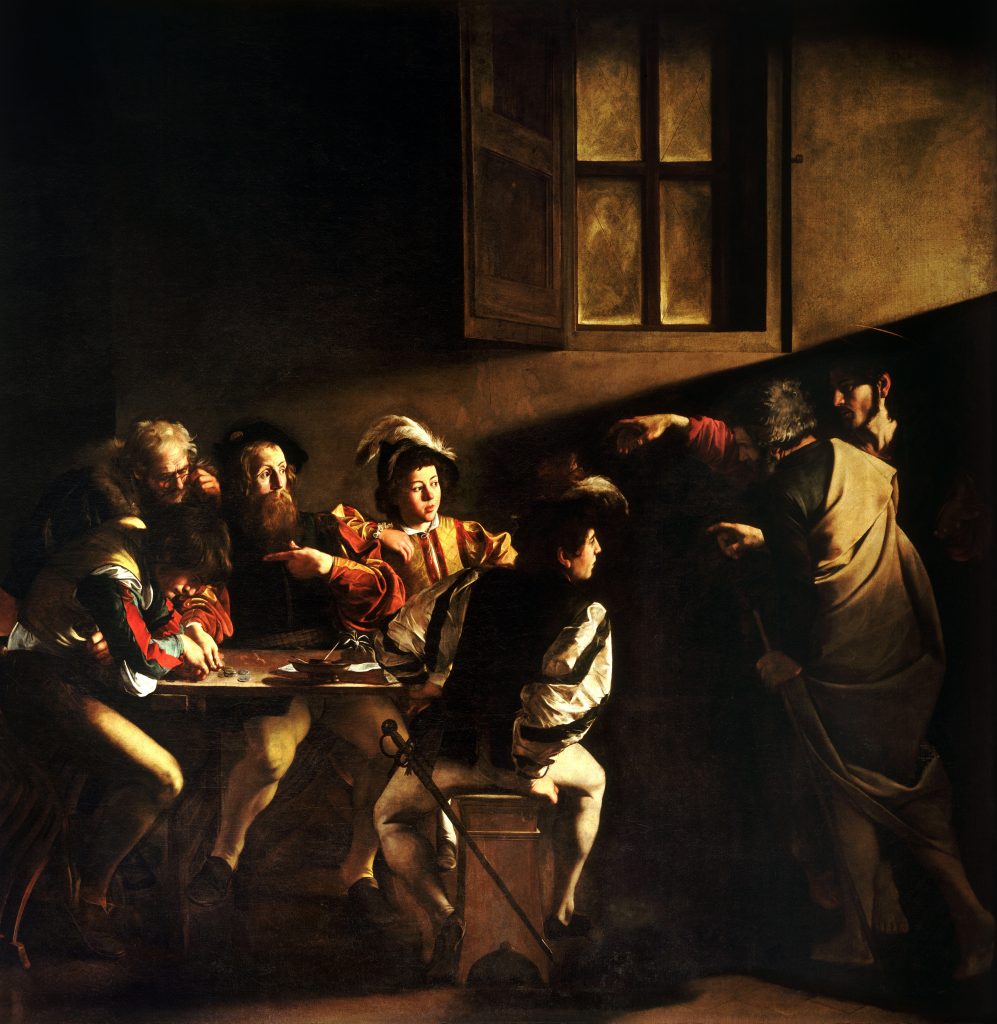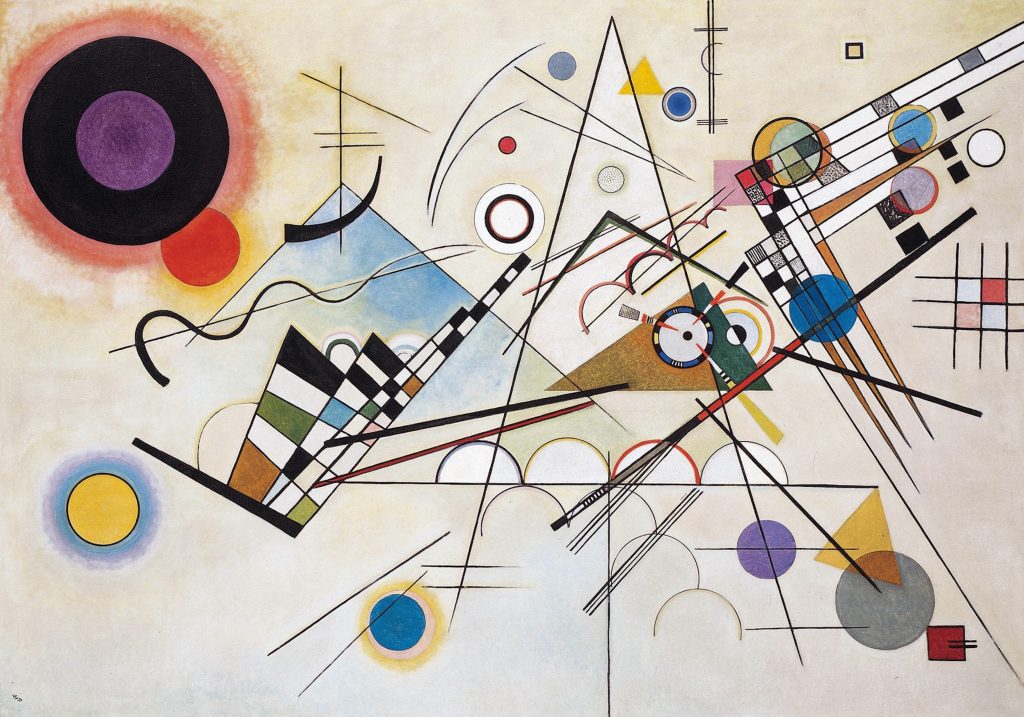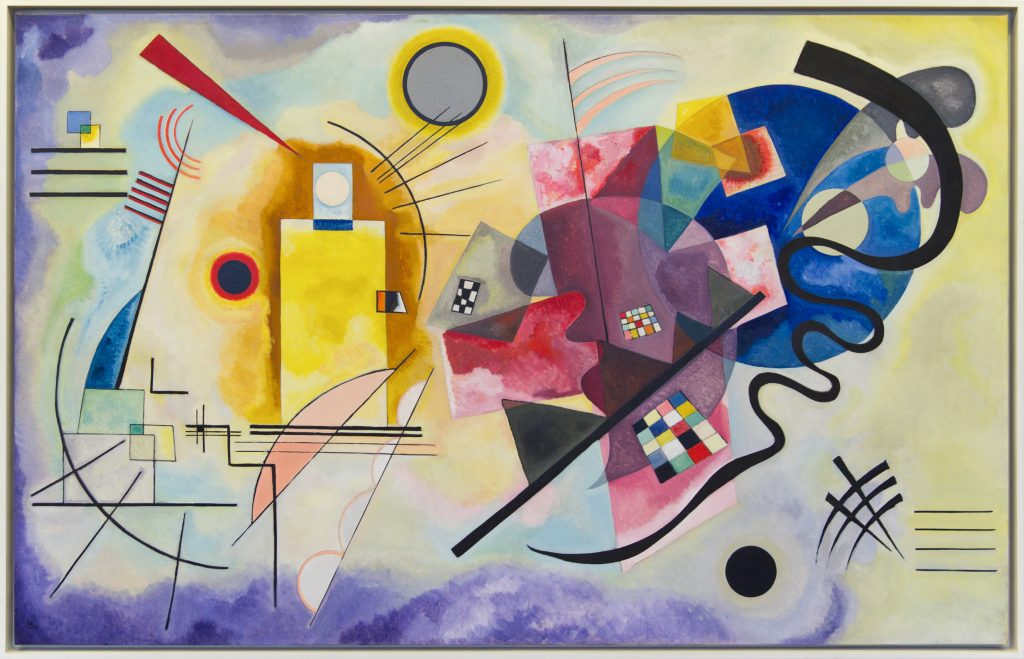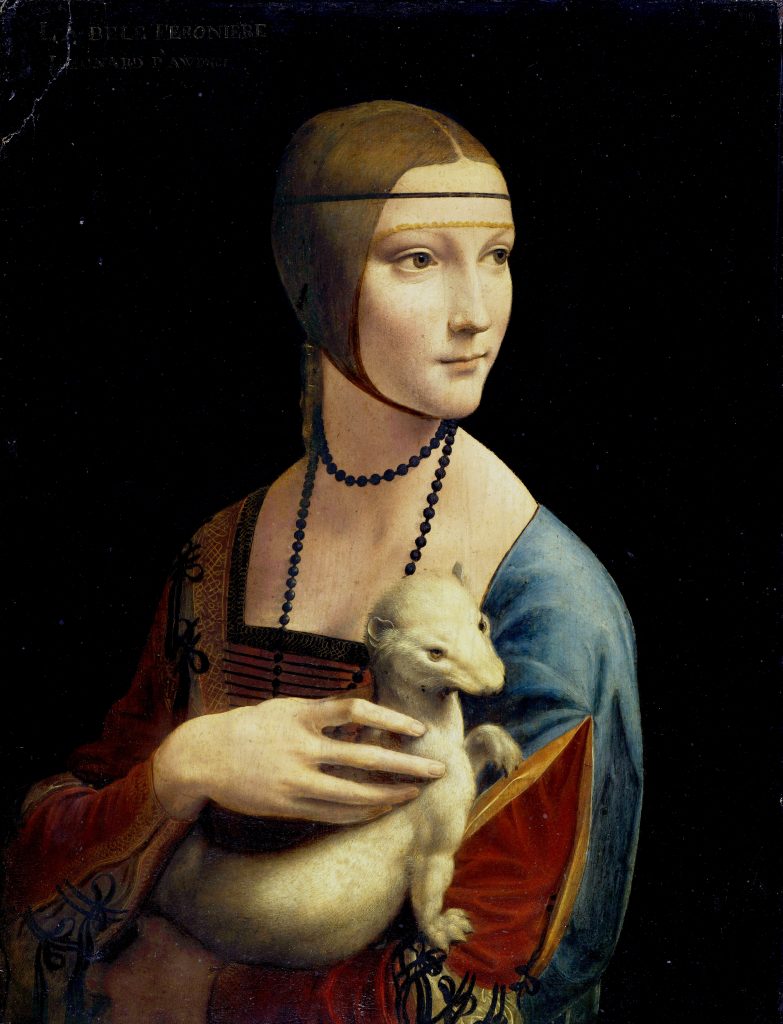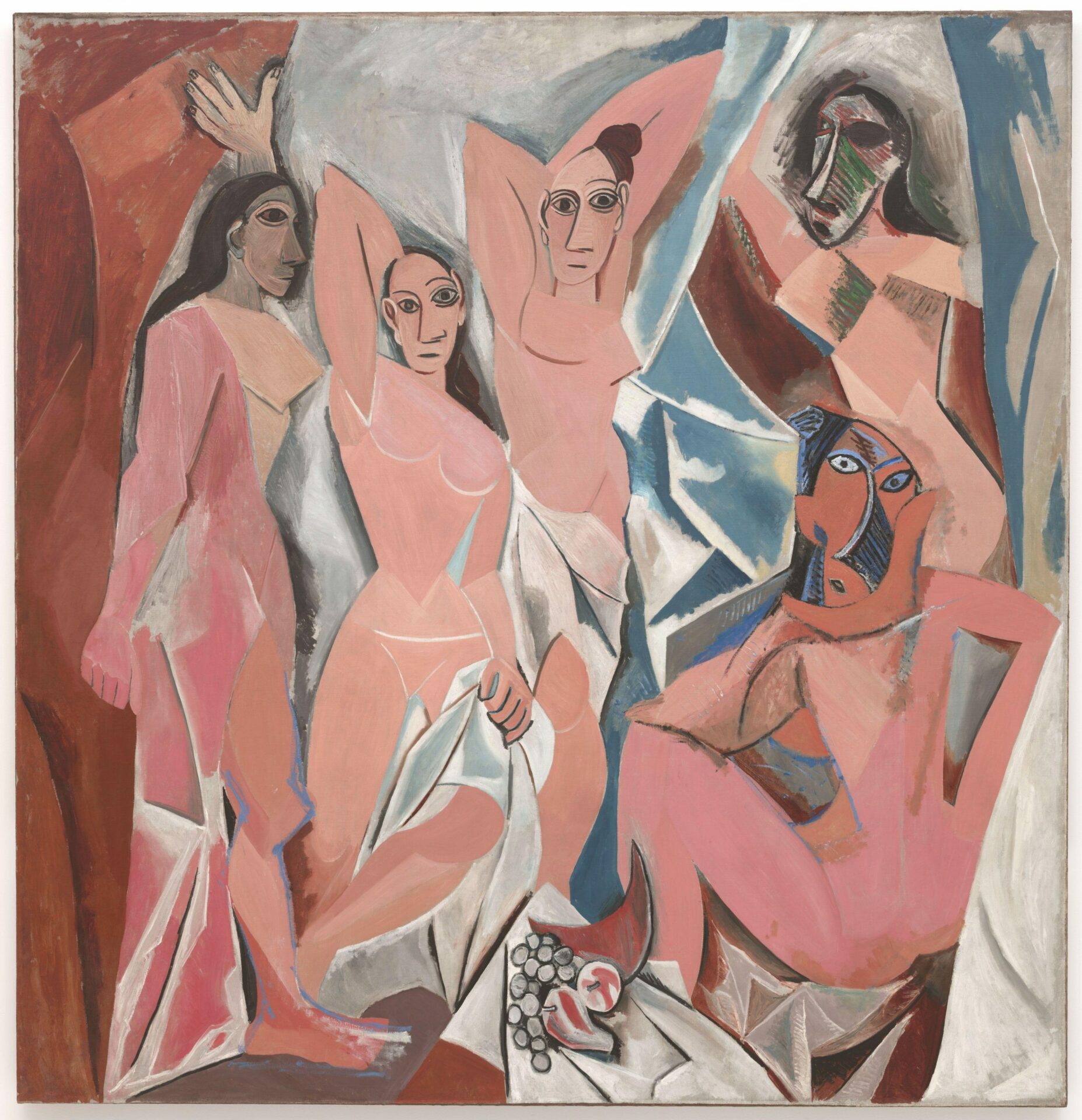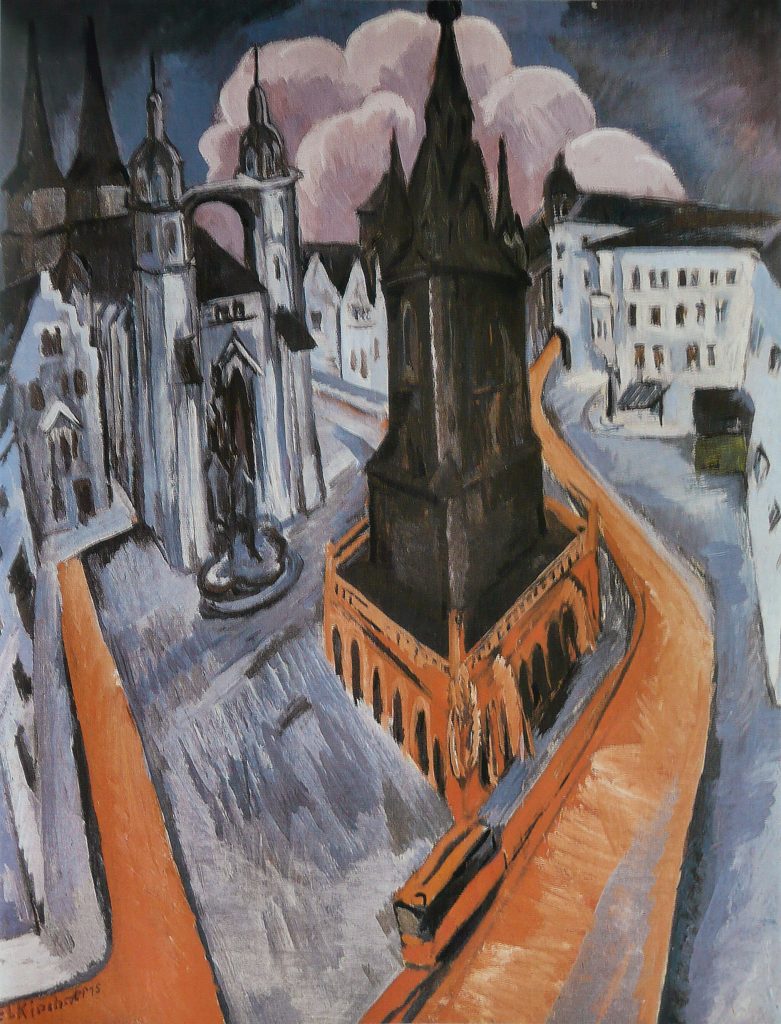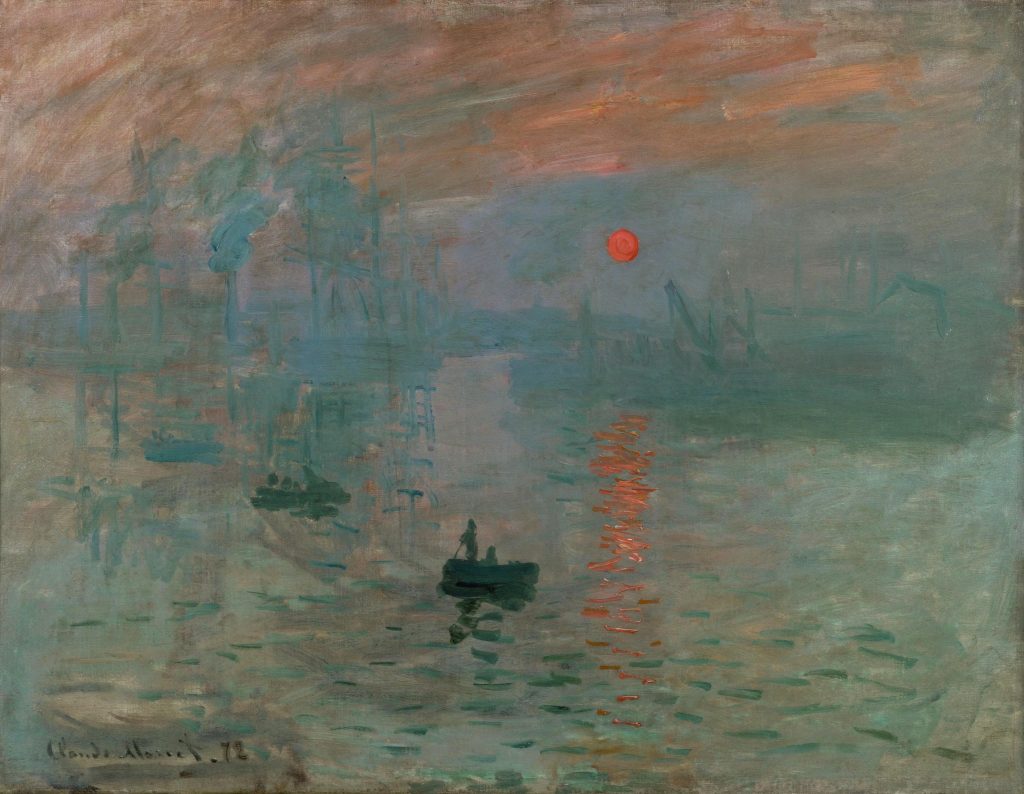Portrait of Gertrude Stein
“The Portrait of Gertrude Stein” is a masterpiece of modern art, painted by Pablo Picasso in 1906. The painting depicts the famous writer and art collector Gertrude Stein, and it is notable for its unconventional approach to portraiture. Instead of creating a lifelike representation of Stein, Picasso used a variety of abstract shapes and colors to create a portrait that captures her personality and spirit.
The painting is dominated by a large, imposing figure of Stein, who is depicted sitting in a chair with her hands on her lap. She is wearing a simple, plain dress, and her face is rendered in a series of geometric shapes and angular lines. The background of the painting is composed of a series of abstract shapes and colors, which seem to swirl and merge together, creating a sense of movement and energy.
One of the most notable aspects of “The Portrait of Gertrude Stein” is the way that it challenges conventional notions of portraiture. Rather than creating a realistic likeness of Stein, Picasso uses abstract shapes and colors to convey her personality and character. The painting captures Stein’s formidable presence and intelligence, as well as her love of art and literature. In this way, the painting is a testament to Picasso’s belief in the power of art to capture the essence of a person, rather than simply their physical appearance.
In summary, “The Portrait of Gertrude Stein” is a groundbreaking work of modern art, notable for its unconventional approach to portraiture and its innovative use of abstract shapes and colors. The painting captures the personality and spirit of its subject, Gertrude Stein, in a way that is both powerful and evocative. The painting is a testament to Picasso’s skill as an artist, as well as his belief in the power of art to challenge and transform our understanding of the world.

